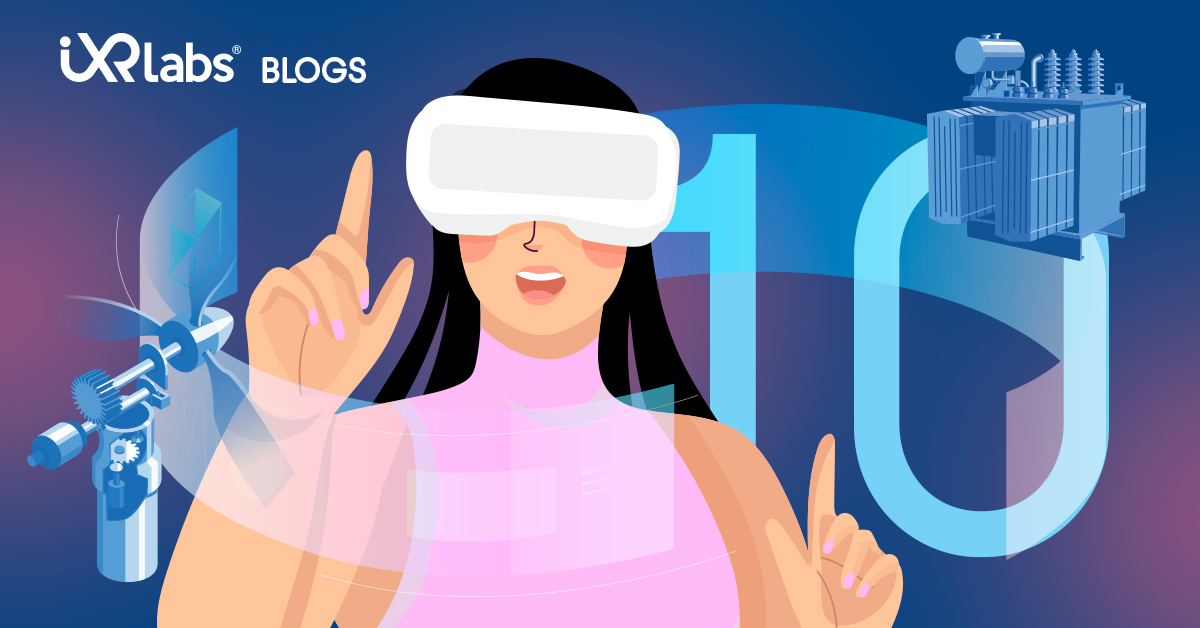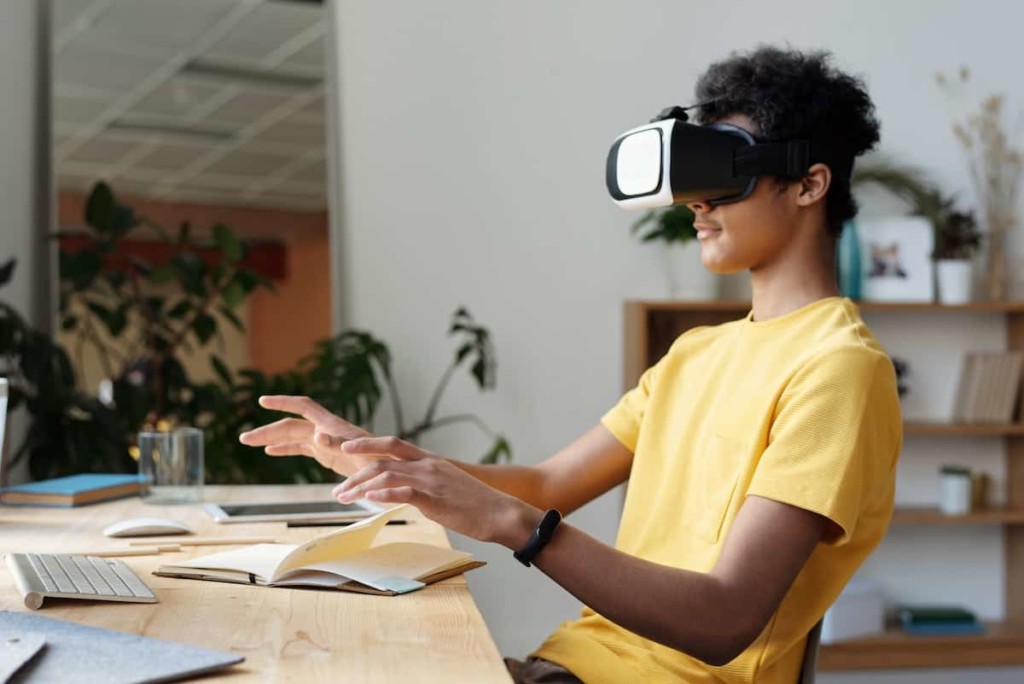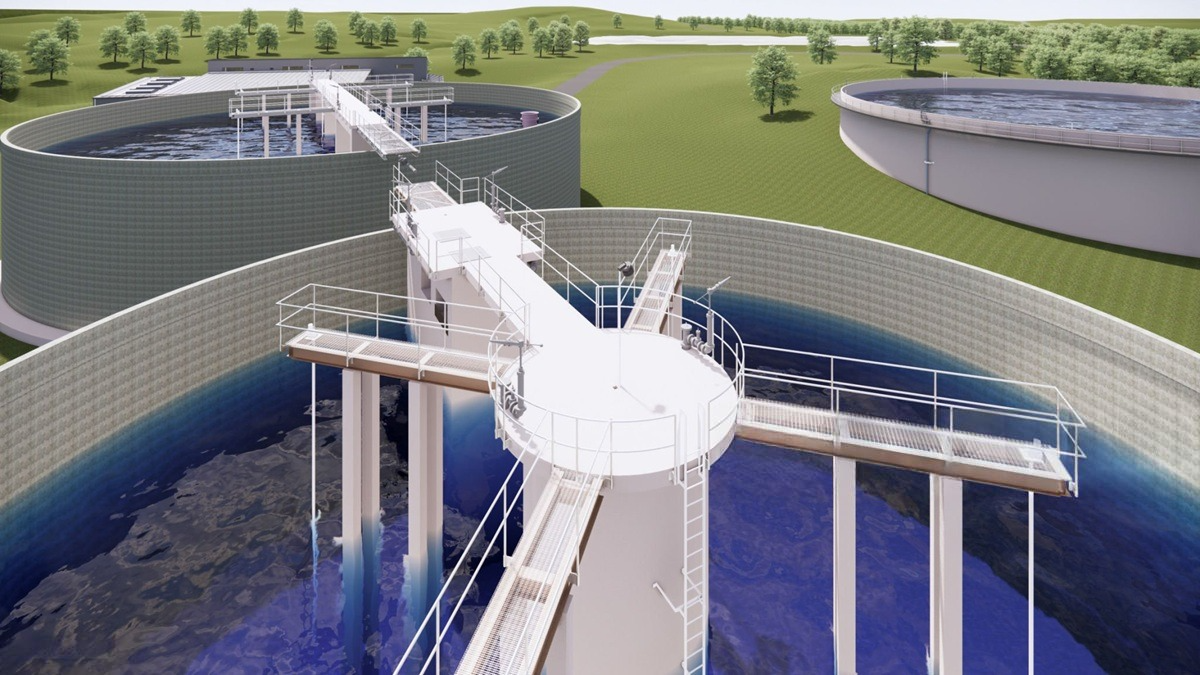VR Education: Top 10 Reasons to include VR in Higher Education

Education has always been considered as a critical aspect of society. It is the cornerstone of progress, personal development, and societal growth. However, the traditional approach to education has remained largely unchanged for centuries, with lectures, textbooks, and exams dominating the educational landscape.
While this approach may have worked in the past, today's rapidly changing world requires a new approach to education like VR education.
Virtual reality is a computer-created space that brings immersive features in a realistic way.
Virtual reality in education offers a realistic learning environment that makes it easy for students to find themselves engaging with the virtual academic content. But, is it really a great tool? Let’s find out with this blog. Below you will find top 10 reasons to include VR education to teach students.
Reasons to use VR Education
Virtual reality has been around the corner for a while but its latest improvements have brought it to the forefront of education. Not only it makes students learn about all the concepts but has opened new doors of opportunities for them.
Here are the top 10 reasons why virtual reality is useful in higher education.
Perform and learn in VR education!
In VR education, students learn by "Performing and Learning" by actively interacting with the content, as opposed to merely seeing it. Students can explore, practise, and make mistakes in a safe and controlled setting using VR simulations, which promotes a deeper comprehension and recall of the subject matter.
For instance, students in a chemistry class can do experiments in virtual reality (VR) without running the risk of getting hurt, such as mixing substances to see how they interact. Students can go back in time to see historical events firsthand and learn about them while taking a history class.
Thus, students actively participate in the learning process, which increases their likelihood of remembering what they have learned.
Better retention of information with VR education
Virtual Reality (VR) education can lead to better retention of information because it provides an immersive and engaging learning experience that stimulates multiple senses.
This multi-sensory experience can help students better remember and understand information. For example, in a VR science lesson, students can observe and interact with a 3D model of a cell, which helps them visualise the components and understand their functions. This visual and interactive experience makes the information more memorable and easier to understand.
Additionally, the ability to practise and experiment in a virtual environment can reinforce learning and help students retain information. For instance, a VR medical simulation can help a student practice a procedure multiple times, improving their understanding of the steps and the associated terminology.
Immersive VR education
VR education works to accomplish immersive learning by simulating real-world situations and experiences in a virtual setting. Traditional classroom settings are unable to engage pupils in the same way that this virtual environment does. Students can experience a totally immersive learning environment where they can interact with objects and learn by using a VR headset.
For students, virtual reality (VR) offers a novel approach to practise and learn in a secure setting. Students might study science by performing experiments in a virtual laboratory or study history by digitally visiting historical sites. By enabling students to communicate with one another in a shared virtual environment, virtual reality can also make learning more interesting and interactive.
Simulation everywhere!
Simulations in Virtual Reality (VR) education can provide students with a unique and immersive learning experience. Simulations allow students to experiment and practice without any real-world consequences, providing a safe and controlled environment for learning.
In a VR simulation, students can interact with virtual objects, environments, and scenarios, allowing them to explore and learn in a hands-on manner. For example, a student studying biology can explore human anatomy in a virtual environment, visualising and manipulating the organs and systems to better understand their functions and relationships.
Best tool for remote education
Virtual reality is a valuable tool for remote education. It provides students with an immersive and interactive learning experience that can help to keep them engaged and motivated even when they are not physically in the classroom.
VR enables students to explore complex concepts and environments in a safe and controlled setting, irrespective of their location, and provides them with opportunities to interact with peers and instructors in real-time. It becomes a great educational tool offering various field trips from thermal power plants to other engineering sites while sitting at home.
Students become future-ready!
VR education is helping students become more future-ready by preparing them for the rapidly evolving job market. Many of the skills and competencies that will be in high demand in the future, such as creativity, innovation, and digital literacy, can be developed through VR learning experiences.
Additionally, VR education provides students with the opportunity to explore and pursue careers in emerging fields such as virtual and augmented reality development, 3D modelling and design, and immersive storytelling. By incorporating VR technology into education, students are not only gaining knowledge but also developing the skills and mindset needed to thrive in the 21st-century workplace.
Interdisciplinary learning in VR education
VR facilitates interdisciplinary learning by allowing students to experience concepts from multiple subjects in a single immersive environment. For example, a student studying biology can use VR to explore the inner workings of a cell or a student studying history can virtually visit historic sites and experience what it was like to be there.
By using VR in education, students can learn through a more interdisciplinary approach that integrates multiple subjects and encourages critical thinking.
Better engagement and motivation with VR education
VR education has been found to significantly increase student motivation and engagement, leading to improved learning outcomes. By using VR, students are transported to virtual environments that are designed to simulate real-world situations. This makes learning more interactive and fun, and helps students to retain information better.
VR technology allows students to participate in simulations, games, and virtual field trips, which provide them with hands-on learning experiences that are not possible with traditional classroom methods. These experiences can help to spark students' interest in the subject matter and encourage them to take a more active role in their learning.
Additionally, VR can help to personalize learning by allowing students to learn at their own pace and explore topics in more depth. Overall, the immersive and interactive nature of VR education is leading to better engagement, motivation, and ultimately, improved learning outcomes for students.
Cutting-edge Technology in higher education
Through the creation of immersive and interactive learning environments, virtual reality (VR) technology is bringing cutting-edge solutions in higher education that improve students' comprehension and engagement with course material. By the use of virtual reality (VR), students can investigate and engage with intricate theoretical ideas, situations, and data sets that are otherwise challenging to understand through standard classroom training.
For instance, students can experience historical events, explore molecular structures, or travel to different parts of the world using VR simulations. These experiences allow students to visualise and engage with the material, leading to a more profound understanding of the subject matter.
Cost effective virtual reality in education
Use of Virtual reality in education results in reduction of the cost of field trips. Not only this, VR education provides access to expensive equipment in different fields like science, technology, engineering, and mathematics (STEM) that are not available easily.
With such features, use of VRs to help the student to learn more in a short time is an effective tool for learning, which is very helpful for the teachers. As a result, VR is becoming more and more popular in educational fields. There are several types of devices which are available to be utilized in this regard. They include the Oculus Rift and HTC Vive which provide the VR
How is iXRLabs making Virtual Reality in Education accessible?
iXRLabs offers extensive VR education for science, medical science, and engineering education. It offers some of the best ways of VR training in engineering education. iXRLabs covers various engineering topics such as bridge construction site tours with VR, tunnel boring machine learning with VR, etc.
Visit iXRLabs to know more about modern ways of using technologies in higher education.
The bottom line:
Virtual reality technology in higher education is beyond just technology. It is an experience to witness a 3D world of education. It revolutionizes the ways of teaching and learning in the contemporary education system.


.png)
.png)


.png)